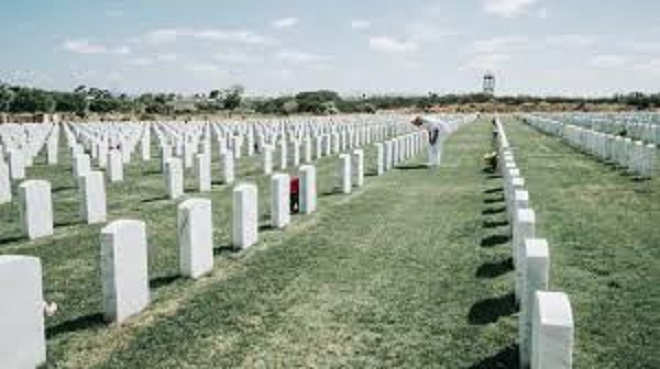When saying goodbye to a loved one, one of the most significant decisions is choosing their final resting place. This choice is deeply personal and often influenced by cultural traditions, religious beliefs, and personal preferences.
Understanding the different options available can help families make a decision that feels right and honours the wishes of the deceased.
Traditional Burial: A Timeless Option
Burial is one of the most common and traditional ways to lay someone to rest. It involves placing the body in a coffin or casket and lowering it into a grave, usually within a cemetery. Many families choose burial because it provides a permanent place to visit and remember their loved one.
Cemeteries often offer different types of gravesites, including lawn graves, monumental graves, and family plots. Some families also choose to add headstones or plaques as a tribute.
Burial can be more expensive than other options because it involves the cost of the plot, coffin, and ongoing maintenance. However, many find comfort in knowing there is a physical location to return to when paying respects.
Families often rely on the expertise of Brisbane funeral directors during this difficult time. These professionals provide guidance on the various choices available, explain the legal requirements, and help organise arrangements that respect the loved one’s life and values.
Cremation: A Flexible and Modern Choice
Cremation has become increasingly popular in Australia due to its flexibility and lower cost compared to traditional burials. During cremation, the body is respectfully reduced to ashes in a specialised facility. These ashes, often called cremains, can then be stored in an urn, scattered in a meaningful location, or placed in a memorial garden.
One of the benefits of cremation is the wide range of memorial options it offers. Families can keep the ashes at home, divide them among relatives, or use them to create unique keepsakes like jewellery or glass art. Scattering ceremonies can also be deeply personal, allowing loved ones to say goodbye in a natural setting.
For those concerned about the environment, many crematoriums now use modern technology to minimise emissions, making cremation a more sustainable option.
Natural or Green Burials: Eco-Friendly Farewells
In recent years, natural or green burials have gained attention as an environmentally friendly alternative. This type of burial avoids the use of chemicals and non-biodegradable materials. The body is often placed in a simple shroud or biodegradable coffin and buried in a natural setting, such as a bushland cemetery.
Green burials allow the body to return to the earth naturally, creating a lasting legacy that benefits the environment. These sites often look like natural reserves rather than traditional cemeteries, offering a peaceful resting place surrounded by nature.
Mausoleums and Above-Ground Burial
For those who prefer not to be buried underground, above-ground burial in a mausoleum is another option. Mausoleums are structures that house caskets in secure chambers. This practice is more common in some cultures and is often chosen for its sense of permanence and tradition.
While mausoleum spaces can be costly, they offer a dignified alternative for families who want a protected and easily accessible resting place.
Other Unique Options
Beyond the traditional choices of burial and cremation, there are other less common but meaningful ways to honour a loved one. Some families choose:
- Sea burials: Where remains are placed in the ocean following legal guidelines.
- Memorial reefs: Using cremation ashes to create artificial reefs that support marine life.
- Donating to science: Allowing the body to contribute to medical research before final arrangements.
- Creative keepsakes: Turning ashes into diamonds, artwork, or other memorial pieces.
These options reflect how personal final resting places have become, allowing families to create a farewell that is truly unique.
How to Decide What’s Right
Choosing between burial, cremation, and other options can be challenging. The decision often depends on several factors:
- Wishes of the deceased: If your loved one left instructions, honouring those wishes is the most meaningful choice.
- Cultural and religious beliefs: Traditions often guide what is acceptable or preferred.
- Budget: Some options may be more affordable than others.
- Family preferences: Consider what feels right for those left behind.
Taking time to discuss these factors with family members can help everyone feel comfortable with the decision.
The Role of Brisbane Funeral Directors
Making arrangements during a time of grief can be overwhelming. This is where the support of Brisbane funeral directors becomes invaluable. They can explain the pros and cons of each option, assist with paperwork, and coordinate services to ensure everything runs smoothly.
Their local knowledge of cemeteries, crematoriums, and memorial options can also help families make informed choices without additional stress.
These professionals provide compassionate guidance, ensuring every step respects the wishes of the deceased and the needs of the family.

